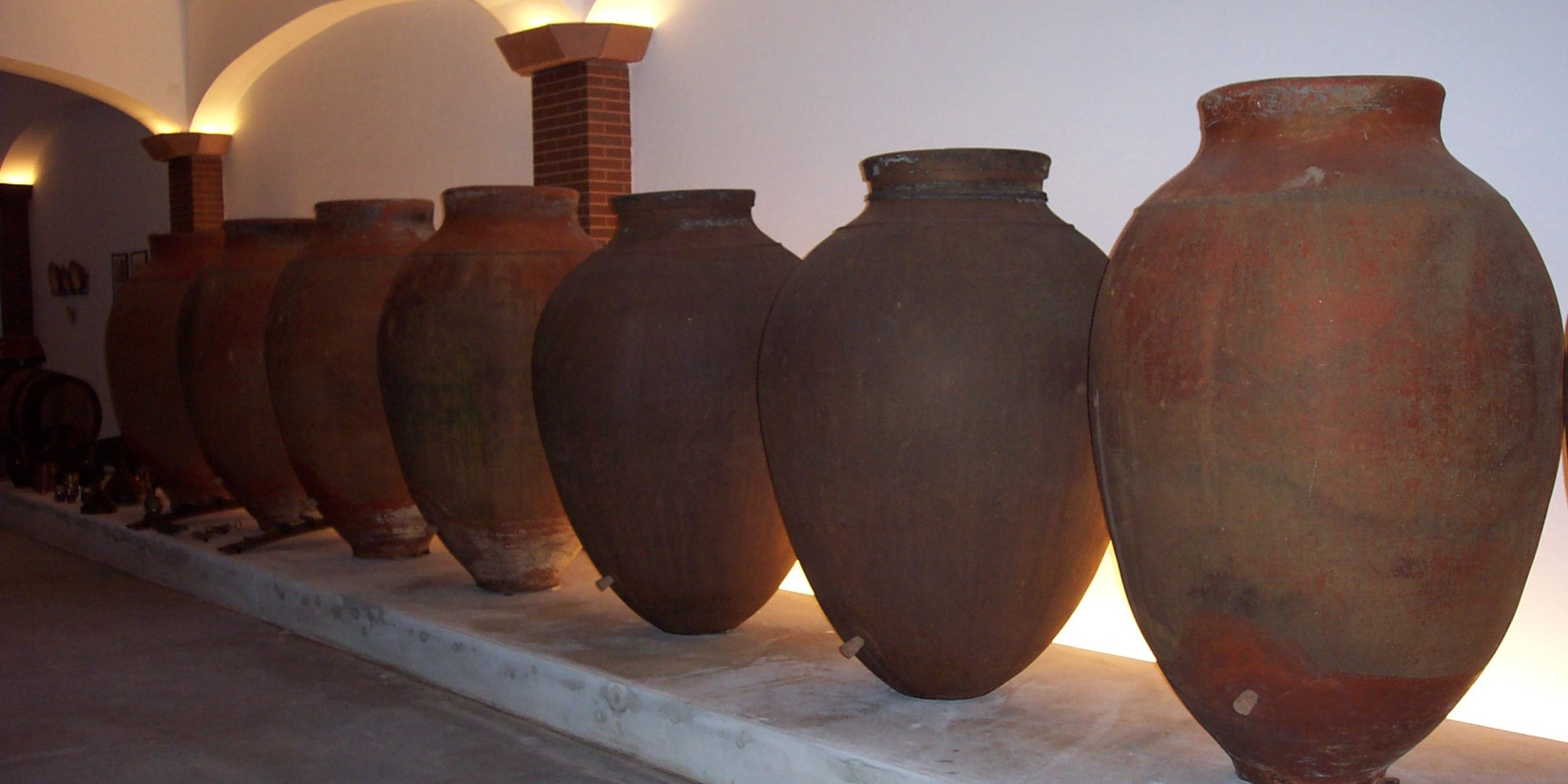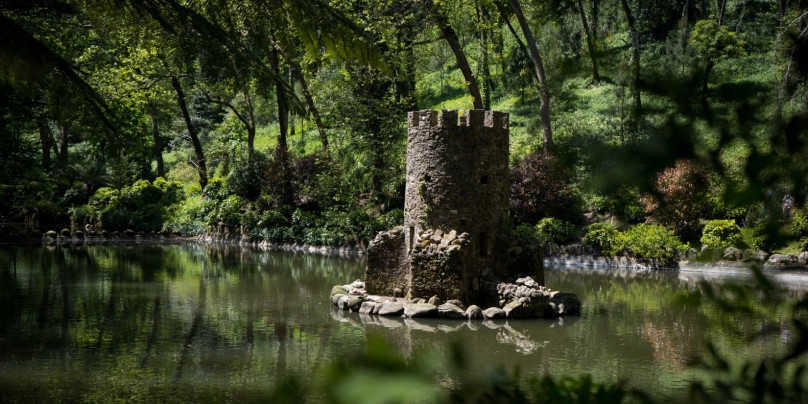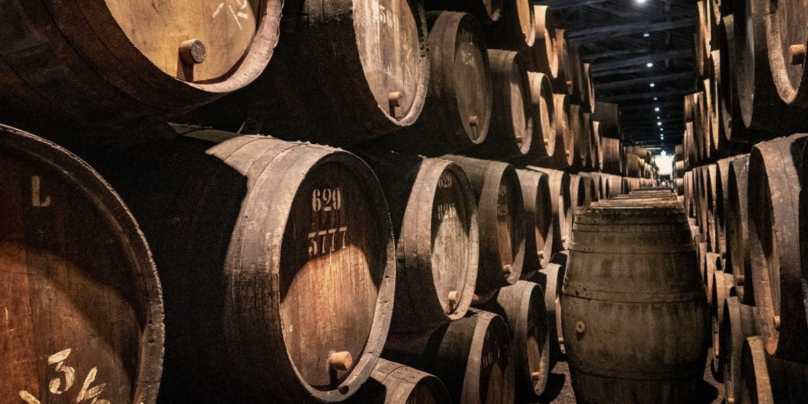The Portuguese social, economic, and cultural landscape has always included the appreciation of wine. However, what has brought it to the country?
It all began with the Roman Empire. The Romans began their rule in the Iberian Peninsula in 218 BC, conquered Cádiz in 206 BC and went on to conquer the rest of the Mediterranean coast. After several confrontations between Lusitanians and Romans, in 25 B.C., Emerita Augusta, now Merida, became the Roman capital of Lusitania, the 'meeting point' between hundreds of towns turned into convent sites (conventus iuridici), like Pax Iulia (Beja) and Scalabis (Santarém), or major trading centres, like Balsa (Tavira), Olissippo (Lisbon) and Salacia (Alcácer do Sal).
The Roman villages (villae) exerted a strong influence on the changes that the Romanisation period brought to the conquered territories, not only through the economic valorisation of the land, but also through socio-cultural transformations and wine production.
With the constant thirst for conquest, this Empire was also the author of several Roman roads, used for war, travel and trade. It is still today one of the long-lasting legacies left by Romanisation.
The cursus publicus romanus can be divided into 3 variants of land routes: viae publicae, viae vicinale and viae privatae. The viae publicaes (also known as public or main roads), were built with the purpose of connecting areas essential for the functioning of the State structure. The viae vicinales (secondary roads), on the other hand, connected rural areas to the main roads, settlements, or agricultural regions. Finally, the viae privatae (or agrari, private roads) were built by the landowners to improve accessibility.
Roman roads used to have milestones, offering structures with support and rest services (for travellers and animals). In the regions of Pax Iulia (Beja), Emerita Augusta (Mérida) and Ebora (Évora), it is possible to observe these roads more clearly.
One of the main purposes of the Roman land routes was the trade and transportation of goods. This is where wine production comes in, which was then transported to distant markets at lower costs.
In addition to the territorial planning aspect, the Roman wine culture is also greatly inspired by the cult of Dionysus, the mythological god of wine and inebriation.
The importance of the figure of Bacchus (the Greek god, later adapted to Dionysus by the Roman people) and of wine, by association, increased by the end of the republican period in Rome. Thus, people began to take a particular interest in the cult of this god, who became a key figure in Roman society.
There are at least seven inscriptions dedicated to Liber Pater (another name for Bacchus) in Portugal and two in Spain in the province of Lusitania, and many of the areas where they were found were in wine production sites. It is believed that these are inscriptions left by former producers.
In Emerita Augusta (Mérida), the capital of Roman Lusitania, three fine ceramic lamps decorated with Dionysian themes were found. The iconographic use of Bacchus is still quite common in the Roman Mediterranean, appearing in mosaics, for example.
From the B.C. era to the present day, despite the various changes, wine and its culture remain deeply rooted. The wine experience, which symbolises prestige and pleasure, stands out as one of the greatest elements of the Romanisation process in the Iberian Peninsula.





